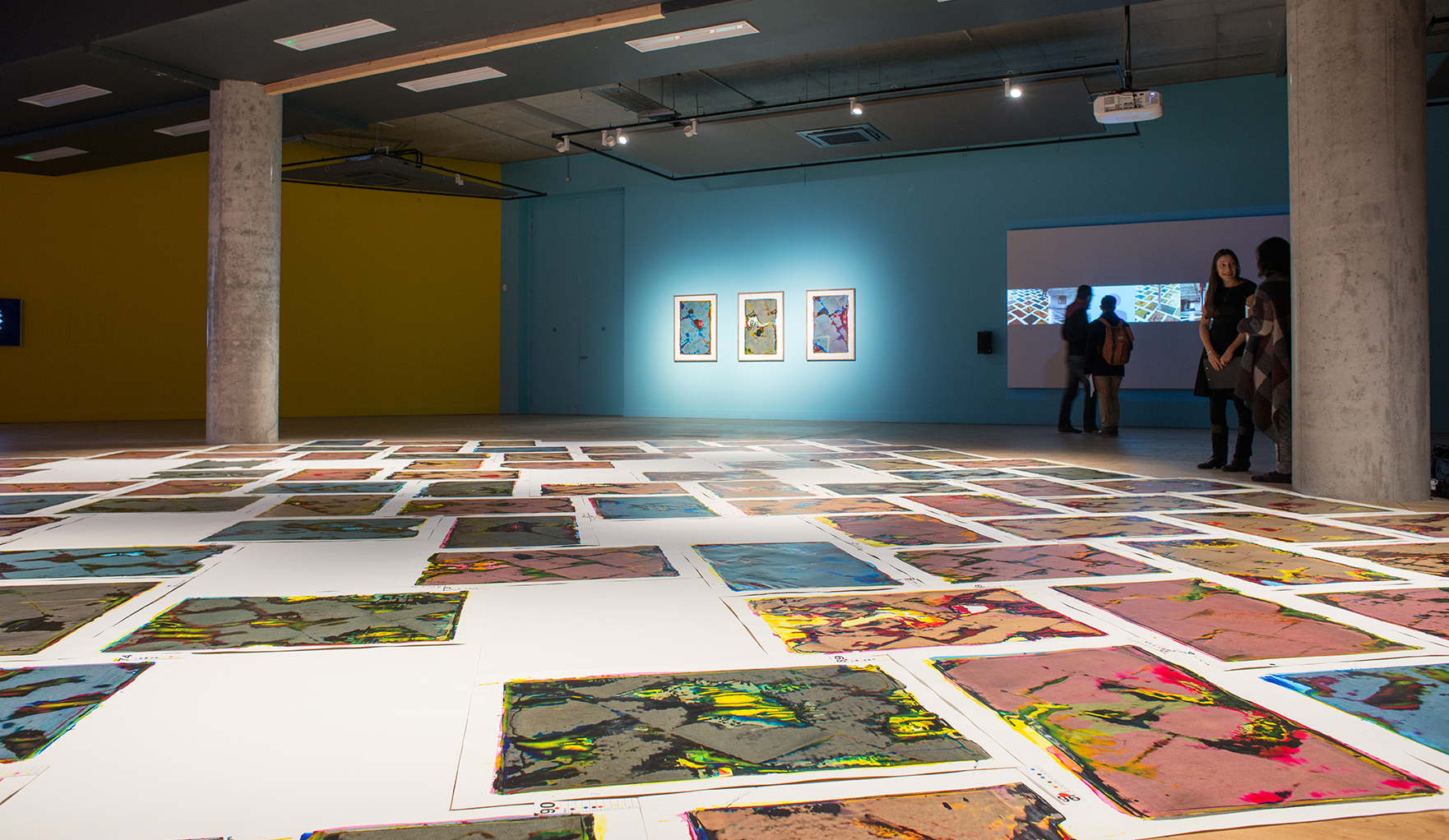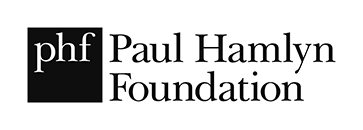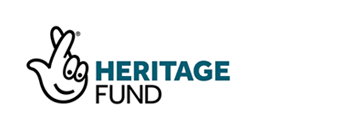What’s your relationship with Islington Mill and can you describe what the Mill means to you?
I’m a founding director and have played a part in the Mill story since 2003. I try to bring an artist’s perspective to everything that we do. Like many people at the Mill, I don’t have a formal job title, however, I get involved with many aspects of our work, from hosting artists and guests in our B&B, to producing an artwork to raise match-funding for our new roof. I’m not paid for my role here but I receive many benefits from being part of such a supportive and generous community.
For me the Mill represents hope in the possibility of another kind of world. I see people care for and trust each other in a way that I don’t often witness in the world at large, and I see a willingness to explore other ways of doing things. The ecology of the Mill is one which is held in a dynamic interplay between the care and support of a safe space and the encouragement to stretch and try out new and untested forms and approaches.
What’s a memorable experience that the Mill has made possible for you?
In 2007 I led the formation of Islington Mill Art Academy, initially as a response to the introduction of tuition fees, but it became an experiment in educational self-organisation. The result is a constantly evolving entity which governs and sustains itself. The people who are there at any one moment decide on the activity, structure and direction of the school. There is no distinction between student and tutor, everyone is engaged in learning together. There is no application process or graduation. People leave when they feel ready to, it is based on a willingness to be there for the time that you are there. I’m proud to say that our experiment led the way for many subsequent alternative self-education projects responding to the current questions around mainstream arts education.
What does the ideal future of Islington Mill look like to you?
My vision is a step-change in how artists acknowledge and reframe their role in the 21st century – from isolated freelancers to artist-custodians and shapers of a cultural ecology, alongside a diverse range of stakeholders, participants and audiences. I would like to see the Mill enable a new wave of artistic-leadership and to become a model for a cultural environment that is open, transparent, and co-owned across physical spaces and activities, as well as the digital realm.
What/who is currently influencing your work or your thinking?
I’m currently reading ‘Negotiating Culture‘ a series of case studies in cultural heritage and social ownership, from contests over tangible artefacts such as Native American human remains through to more abstract forms of culture such as language and oral traditions, to current studies of DNA and genes that combine nature and culture.

















